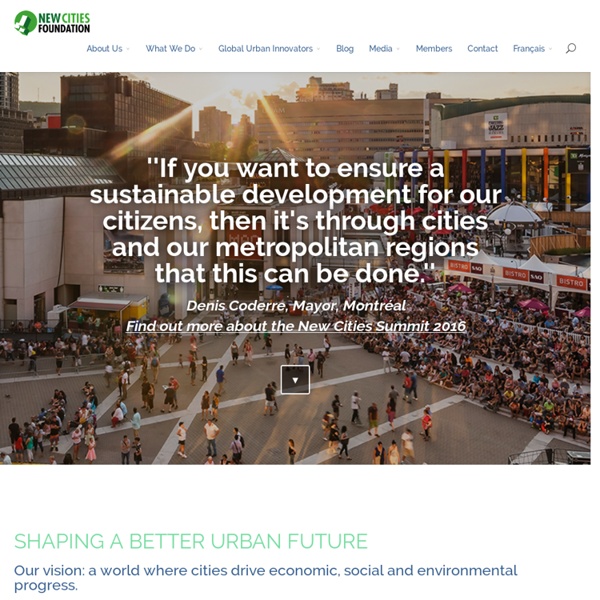



Repérages Centre de Paris, mardi en fin de journée. Je sors du métro et me dépêche de quitter le quartier du Châtelet toujours aussi frénétique et bruyant. Après avoir traversé le boulevard Sébastopol, j’arrive dans la rue Quincampoix où se trouve parmi les galeries d’art, boutiques et bars, un café très original. Cette étudiante allemande de vingt ans me confie qu’elle vient pour la première fois. « Je suis en France depuis seulement quatre mois. Comme elle, installés sur les tabourets ou les canapés de la salle principale, certains seuls, d’autres en groupe, les clients tapotent sur leur clavier tout en discutant et en sirotant un café. Pascal Jackun, consultant en formation, a trouvé dans ce café l’endroit idéal pour ses rendez-vous : « J’habite en banlieue est et mon fournisseur réside en banlieue ouest. Les lieux dédiés au networking sont de plus en plus recherchés. Qui fréquente l’Anticafé ? Après seulement six mois d’existence, Leonid GONCHAROV semble avoir gagné son pari.
Halle Pajol, l'architecture innovante La métamorphose est spectaculaire. Au départ : un entrepôt abandonné, enclavé entre les voies ferrées des gares de l'Est et du Nord, au cœur du quartier de la Chapelle (18e), l'un des plus déshérités de Paris. À l'arrivée : un bâtiment en bois, élégant et écolo, coiffé d'acier, de verre et de panneaux photovoltaïques, assorti d'une esplanade et d'un jardin atypique, qui change complètement la physionomie du quartier. La nouvelle halle Pajol est une réussite. Elle doit être inaugurée mi-octobre par Bertrand Delanoë et Anne Hidalgo, sa première adjointe en charge de l'architecture et de l'urbanisme (et candidate à la mairie de Paris en 2014). Sa conceptrice, Françoise-Hélène Jourda, pionnière française de l'architecture écologique, propose au JDD une visite en avant-première. "Ce projet est unique, explique l'architecte. Une structure mi-bois mi-béton Triple vitrage et ventilation à double flux Le jardin couvert, lui, devait être arrosé par les eaux usées de l'auberge de jeunesse.
La Cordée Coworking à Paris - Gare de Lyon Map DataMap data ©2014 Cybercity, Google Map Data Map data ©2014 Cybercity, Google Map À la capitaaaaale ! Un espace de coworking près de la Gare de Lyon ! Nous avons débarqué à Paris ! À l’intérieur La Cordée s’adapte aux nomades : en plus des grandes tables, petites tables, canapés et autres fauteuils, et de ce qu’il faut pour survivre (internet, café/thé à volonté, photocopieuse, casiers, domiciliation…), il y a trois salles de réunion et un service de consigne pour cajoler vos bagages. Le local se trouve au rez-de-chaussée, et se compose d’un espace convivial, accessible depuis la rue, et d’un espace studieux sous verrière qui donne sur une petite cour. À l’extérieur La Cordée se trouve à 499,99 mètres (certifié) à pied de Paris Gare de Lyon. Métro et RER : Station Gare de Lyon pour les lignes 1 et 14 et les RER A et D, ou station Ledru-Rollin pour la ligne 8. Pour les cyclistes, il y a une station de Vélib au 76 rue Traversière. La Cordée Paris Gare de Lyon en bref Quelques photos